7 Major Missteps For Microsoft's Surface
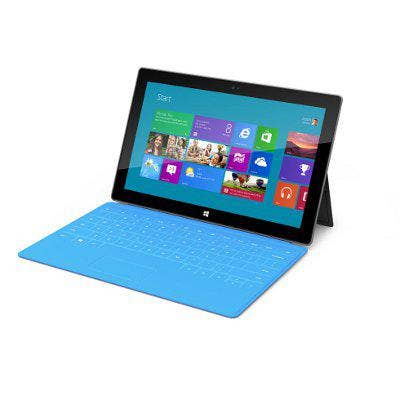
Surface Slip-Ups
Microsoft's ambitious tablet entry was supposed to get the company into the highly competitive tablet market. But, Surface has experienced some notable stumbles and setbacks. Here's a look at seven of the biggest missteps.
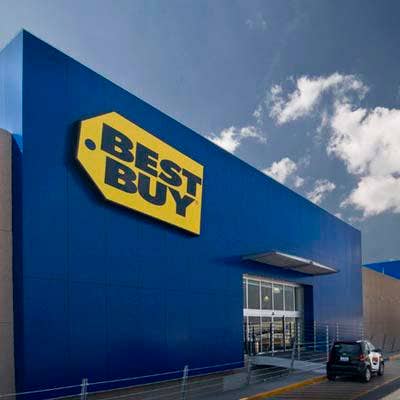
The Retail-Only Launch
There were big expectations for Microsoft's homegrown tablet, but the channel partners' hopes were quickly dashed when the company declared last summer that Surface would be sold exclusively through Microsoft's online and retail stores. Shortly after the original Surface, running Windows RT, went on sale on Oct. 26, Microsoft expanded availability by teaming up with retailers like Staples and Best Buy, among others. The Surface Pro went on sale Feb. 9 this year with the same go-to-market plan, despite the Surface Pro's focus on business users.
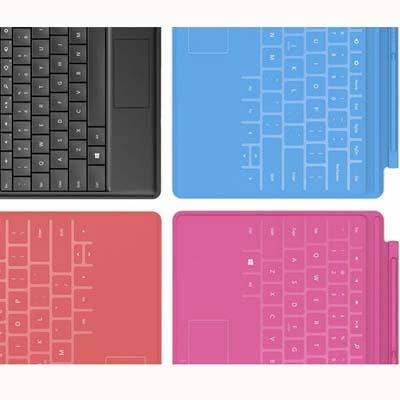
The Commercials
Microsoft's advertising campaign for its Surface devices was a strange effort. The commercials featured cliques of people dancing in intricately choreographed sequences and snapping their Surface tablets together with colorful keyboard docks (that cost extra and didn't actually ship with the device). But, the commercials barely gave viewers a look at what was on the Surface's screen and didn't offer any information about Windows RT and the differences between that OS and Windows 8. In short, the commercials were big on dancing and small on any real details or features. Microsoft altered its branding course recently with a new campaign that favorably compares Windows 8 and RT devices, including the Surface, against Apple's iPad; the Surface RT comparison highlights the device's USB port and keyboard, but that's about it.
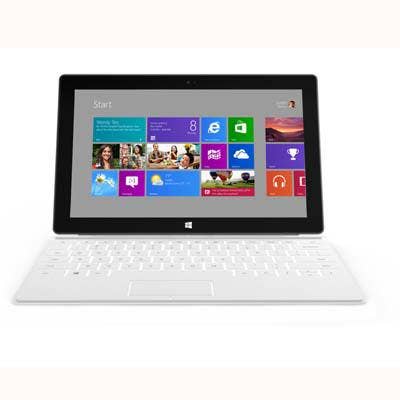
Windows RT Confusion
A big problem for Microsoft's Surface (or Surface RT as it's commonly called) is its operating system -- or rather, the confusion around the operating system. Windows RT, which runs on ARM-based processors instead of x86 chips made by Intel and AMD, was not the same OS as Windows 8. But, Microsoft didn't exactly do a great job communicating the differences, and solution providers say that lack of communication left customers confused about what Windows RT really is. Plus, Windows RT failed to catch on with many business users because many legacy Windows application wouldn't run natively on Windows RT and therefore needed to be redesigned for an ARM-based architecture. Windows RT itself may not be a bad OS, but Microsoft needed better messaging and software developer support to help Surface catch on.
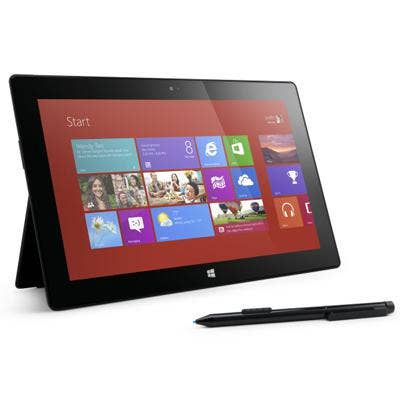
Surface Pro Battery Life
All-day battery life for mobile devices is a key feature, but Microsoft must have missed the memo. One of the biggest complaints about the business-focused Surface Pro wasn't Windows 8 or the missing "Start" menu but the four-hour battery life of the tablet. The culprit behind the lackluster battery life is easy to find; the Surface Pro runs on an Intel Core i5 dual-core processor, which offers more performance -- but sucks up more energy -- than an Intel Atom processor or similar mobile chip. But, solution providers say even with the higher performance, the Surface Pro's limited battery life doesn't compare favorably to competing tablets that offer all-day battery life.
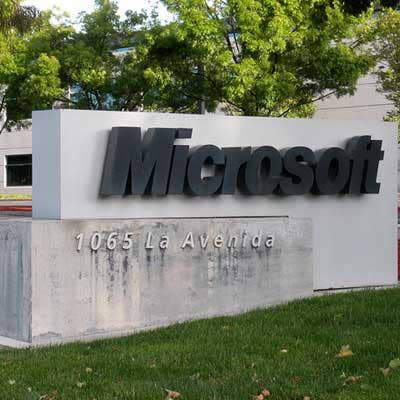
The Microsoft Devices Program
When Microsoft finally made Surface and Surface Pro tablets available to the channel, the company did so on the smallest possible scale. On July 1, just a week before the Microsoft Worldwide Partner Conference, the software giant introduced the Microsoft Devices program, which named 10 large account reseller (LAR) partners as authorized Surface partners. But, all other Microsoft resellers were left out of the picture -- even though Microsoft also teamed up with top IT distributors Ingram Micro, Tech Data and Synnex to supply the tablets. The strategy had many VARs scratching their heads. Some partners claimed Microsoft was giving an unfair advantage to its LAR partners, while others were frustrated by Microsoft's continued effort to limit Surface availability to the commercial channel.
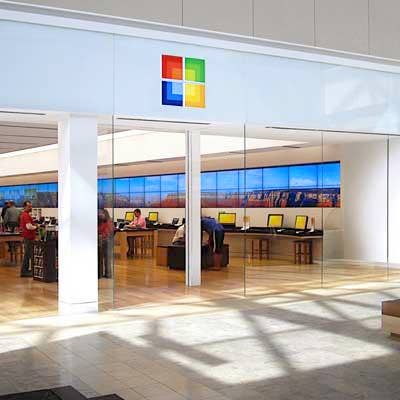
The Surface Discount/Microsoft Store Invite
When Microsoft's Worldwide Partner Conference kicked off the week after Microsoft's Devices Program was introduced, partners were eager to get more details about the company's Surface strategy for the channel. But instead of getting information about how to become an authorized Surface reseller or when Microsoft would add more partners to its devices program, attendees were told they could buy Surface tablets themselves for a steep discount. To make matters worse, Microsoft COO Kevin Turner invited attendees to bring their customers to Microsoft retail stores -- where Surface tablets are sold direct -- and use the locations as extensions of their own offices.
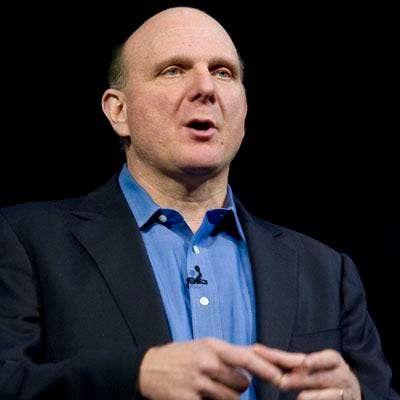
The Inventory Overestimate
Microsoft dropped a bombshell last month when it announced it had taken a $900 million charge in its fiscal fourth quarter over "inventory adjustments" related to Surface RT. Despite price cuts to the device, Microsoft was left holding too many unsold Surface tablets. Later, Microsoft CEO Steve Ballmer (pictured) reportedly confessed in a company meeting that the software giant overestimated demand for Surface and built more devices than it could sell. The $900 million charge led to more problems for Microsoft, as a New York law firm filed a class-action suit against the company claiming Microsoft executives misled shareholders about the sales of Surface RT tablet, which the firm called an "unmitigated disaster" in the complaint.